Faced with the huge energy demand from artificial intelligence (AI) data centers in the US, technology corporations such as Microsoft, Google, Amazon and Meta have all invested heavily in nuclear energy to meet sustainability goals.
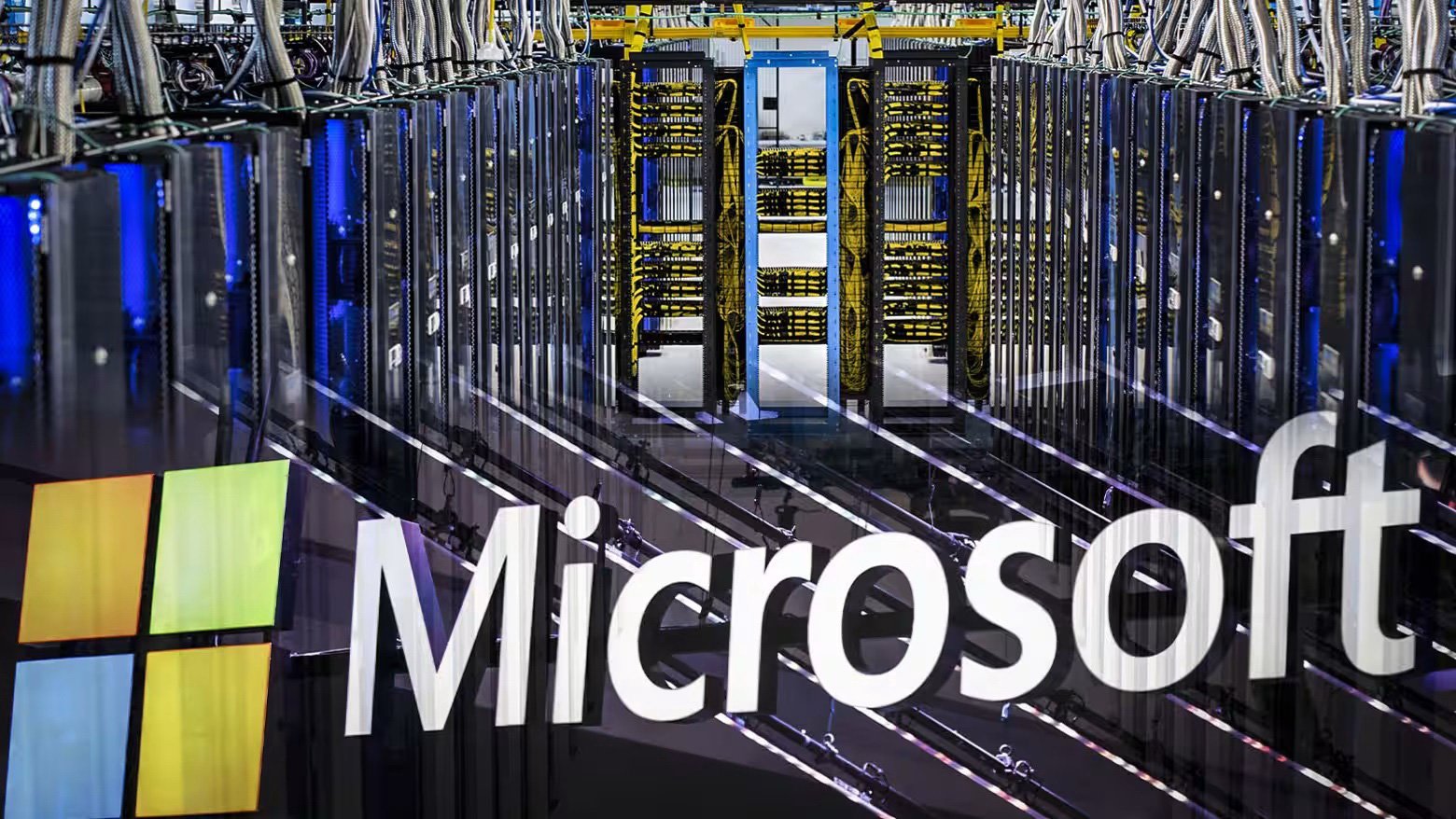
Microsoft, along with Google and Amazon, are investing heavily in data centers - Photo: Reuters
However, a recent Bloomberg investigation found that the pressure on the US power grid due to the energy demand from AI technology is mounting. In fact, major improvements in grid infrastructure are needed to ensure the safety and stability of electricity along with the development of AI.
Rush into nuclear power
According to the US Department of Energy, global electricity consumption could increase by 75% by 2050, driven in large part by AI technology ambitions. AI data centers could soon grow so large that they will consume more electricity than entire cities.
US consulting firm Bain & Co. warned that electricity demand in the US could exceed supply in the next few years, forcing power companies to increase output by 26% by 2028.
Faced with this pressure, tech giants are turning to nuclear energy - a clean, stable 24/7 source of electricity that is powerful enough to run AI data centers, according to Forbes.
Last October, Amazon signed agreements to support the construction of several small modular reactors (SMRs), operated by the US utility Energy Northwest, capable of generating enough electricity to power more than 770,000 US households.
Meanwhile, Google announced a partnership with start-up Kairos Power, which could provide 500MW of electricity by 2035. Most notable is Microsoft's recent deal with Constellation Energy to revive the Three Mile Island nuclear power plant.
Microsoft has invested $1.6 billion to restore the plant's operations by 2028 and ensure carbon-free energy for the next 20 years.
Shares of nuclear-related companies like NuScale Power, Oklo, Cameco and Centrus Energy have also soared in recent months, largely due to groundbreaking deals with tech companies.
With all of the above in mind, 2025 is expected to see a record increase in nuclear power, with more than half of this coming from China and India, according to the International Energy Agency (IEA).
Threatening the stability of the power grid
The rapid proliferation of AI data centers across the U.S. is causing a serious problem with the quality of electricity supplied to millions of people. Bloomberg analyzed data from about 770,000 sensors installed in homes across the U.S.
The results showed that when looking at households with unstable or disturbed electricity, more than 75% of them were located near large data centers, within a range of about 80km.
This electrical instability is similar to the buzzing sound you hear coming from your speakers because the volume is turned up too high. In engineering, this is called “bad harmonics.”
Harmonics are unwanted noise waves that negatively affect the electrical system. Instead of running at a steady pace, the current flowing into the home is distorted and affects the equipment.
As a result, electrical appliances in the home can become abnormally hot, refrigerator and air conditioner motors can vibrate, and even break down sooner than normal, with total damage potentially amounting to billions of dollars.
In northern Virginia’s “Data Center Valley,” home to the world’s largest concentration of data centers with twice the capacity of Beijing, the problem is particularly acute. Loudoun County has a power distortion rate four times the national average.
The underlying reason is that AI data centers consume a huge amount of electricity - equivalent to 10,000 households. Not only that, AI's electricity consumption is also very unstable and fluctuates strongly.
Power companies are implementing some solutions such as building dedicated substations for data centers, installing filters and capacitors. However, monitoring and measuring the problem at the household level is still limited due to high costs.
Bad harmonics are an early sign that the electrical system is under stress and could lead to more serious problems in the future, warns expert Bob Marshall, CEO of Whisker Labs.
How much electricity does AI consume?
A recent report from the Electric Power Research Institute found that data centers could consume as much as 9 percent of America’s electricity by 2030, double what they use today, according to Forbes. Some next-generation data centers could consume as much electricity as 1 million American homes.
US electricity demand will increase nearly 16% over the next five years, more than three times what was estimated a year ago, driven largely by new data centers, according to a recent report from Grid Strategies.
That's a huge amount of electricity, forcing us to think seriously about how to meet that demand in a reliable and sustainable way.
Source: https://tuoitre.vn/ai-va-nhung-doi-hoi-ve-ha-tang-luoi-dien-2024123010285253.htm



![[Photo] Prime Minister Pham Minh Chinh chairs meeting to discuss tax solutions for Vietnam's import and export goods](https://vstatic.vietnam.vn/vietnam/resource/IMAGE/2025/4/10/19b9ed81ca2940b79fb8a0b9ccef539a)


![[Photo] Unique folk games at Chuong Village Festival](https://vstatic.vietnam.vn/vietnam/resource/IMAGE/2025/4/10/cff805a06fdd443b9474c017f98075a4)
![[Photo] Phuc Tho mulberry season – Sweet fruit from green agriculture](https://vstatic.vietnam.vn/vietnam/resource/IMAGE/2025/4/10/1710a51d63c84a5a92de1b9b4caaf3e5)
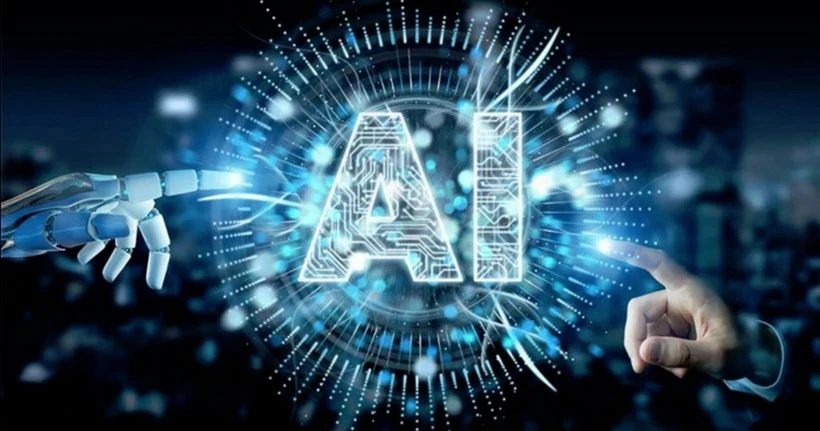




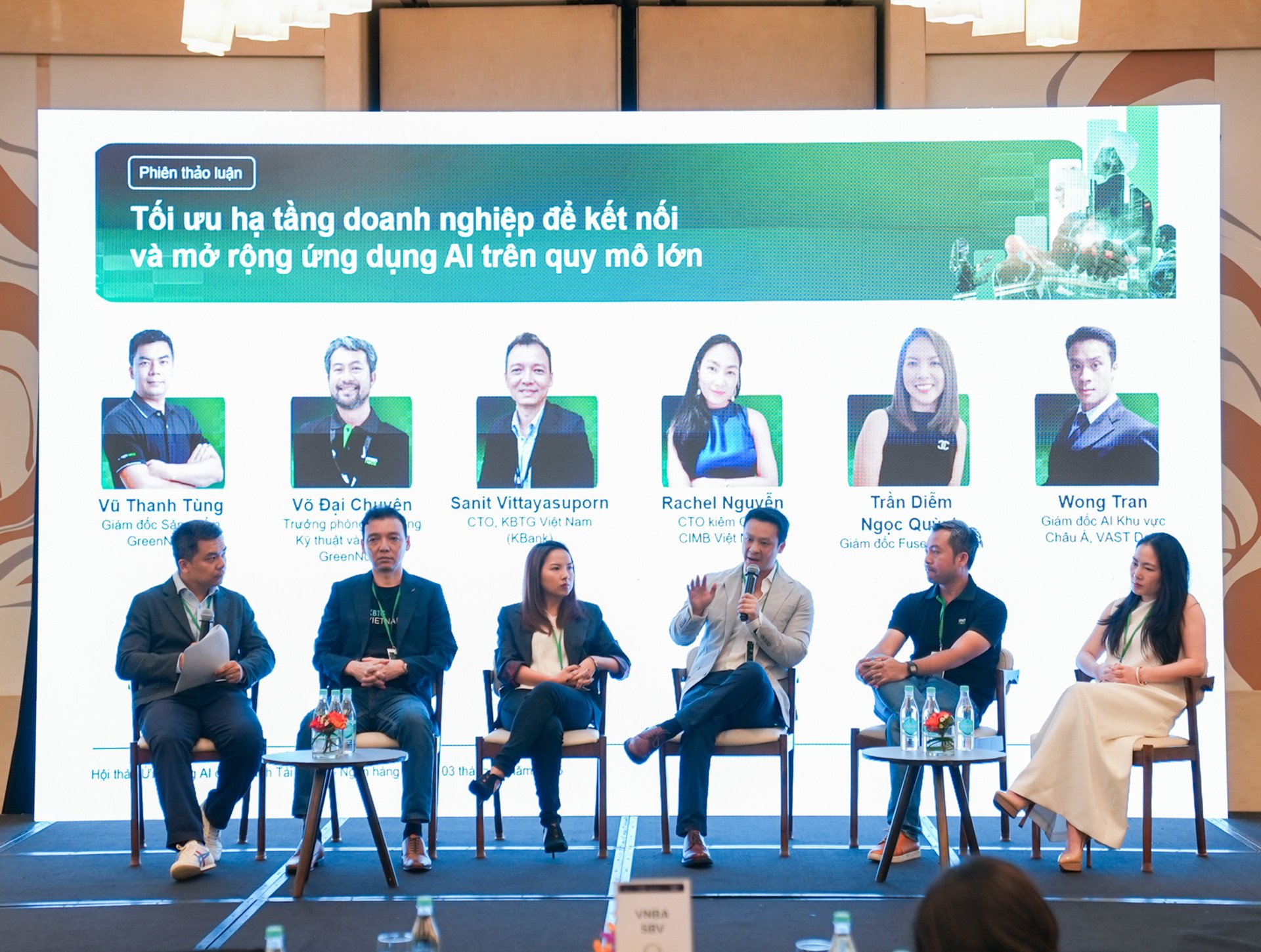



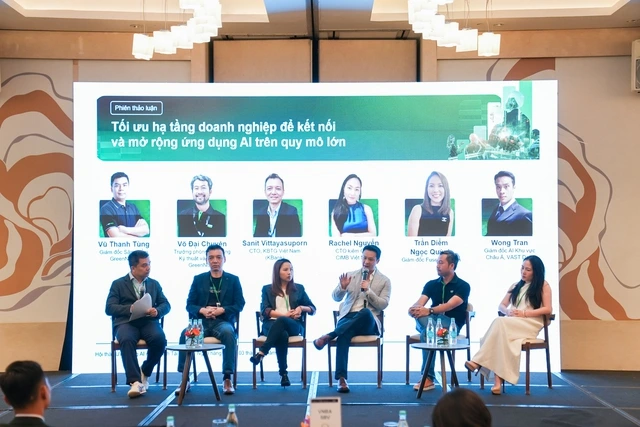






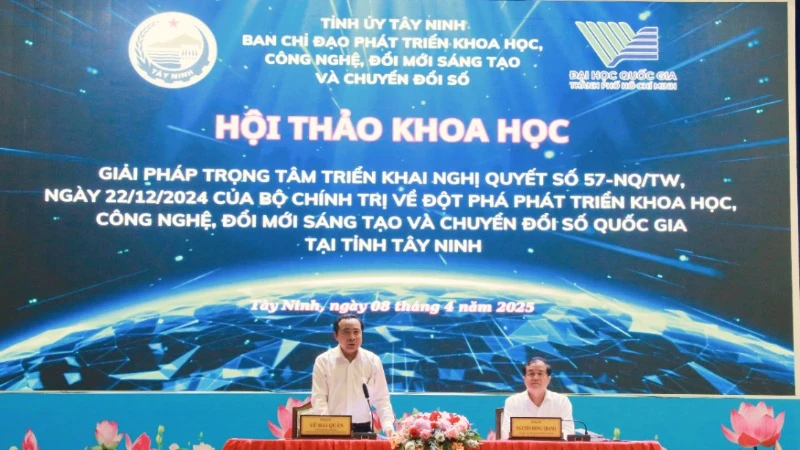




































































Comment (0)